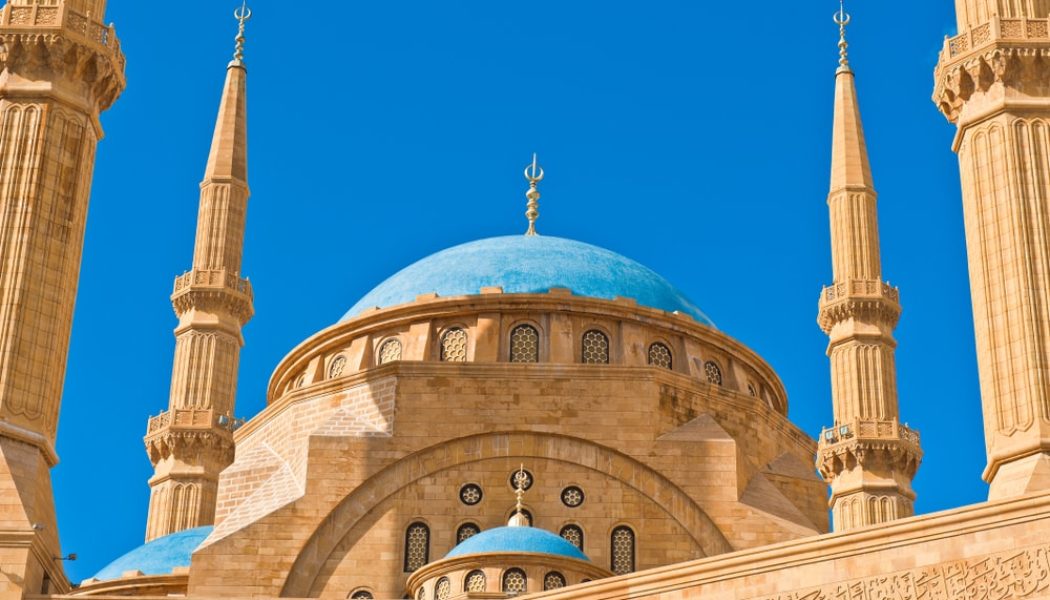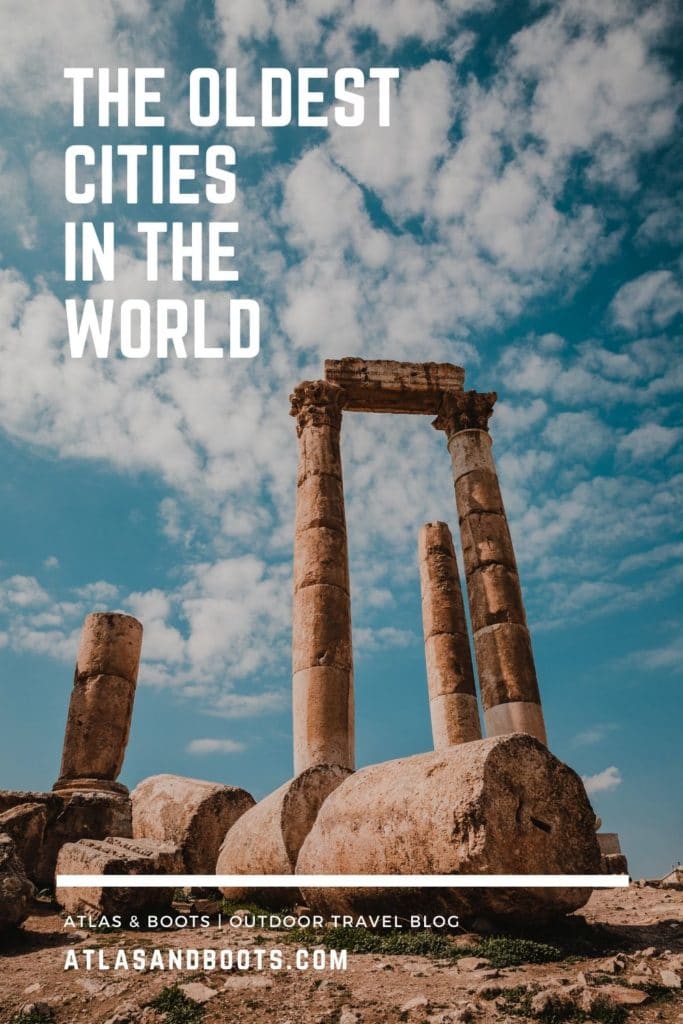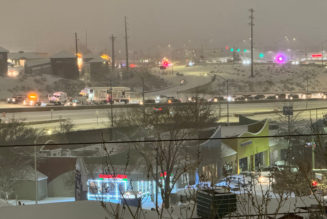From picturesque ruins to cliff-face monasteries, we explore the unique appeal of the oldest cities in the world
There’s a certain aesthetic attached to the oldest cities in the world: bustling souks beneath a bright blue sky, flowing garments of whispery white, stone masonry cooked by the sun.
In reality, the oldest cities in the world have faced deep unrest throughout their long histories. Tragically, some are still in conflict. Aleppo in Syria, for example, is likely the oldest continuously inhabited city in the world but suffers ongoing conflict today. Damascus too is off limits.
Not all is lost, however. Some of the oldest cities in the world are flourishing. Places like Plovdiv in Bulgaria have adapted to modern society while preserving the beauty of times long past. Below, we explore the unique appeal of these ancient cities along with their top sights – some former and some still standing.
10. Beirut, Lebanon
3,000 BC
Beirut is thought to have been destroyed and rebuilt seven times and is often likened to Phoenix. It is mentioned in letters to the Pharaoh of Egypt as early as 14th century BC and archaeologists have unearthed flint tools dating from the Middle Paleolithic and Upper Paleolithic through the Neolithic to the Bronze Age.
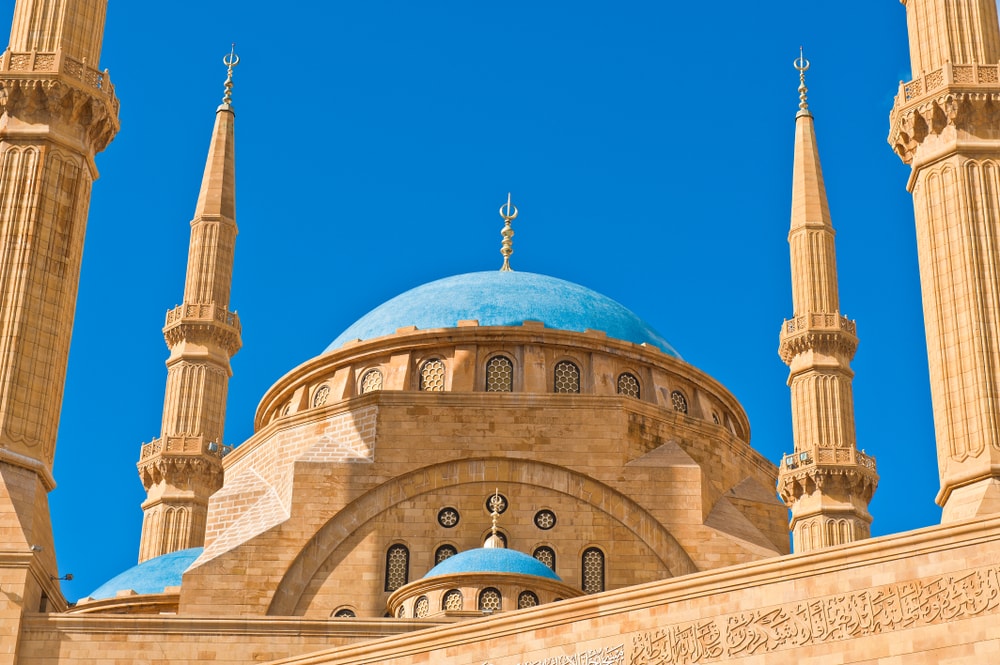
The National Museum of Beirut is the city’s foremost cultural institution. It charts Lebanon’s history and features pieces from the Bronze and Iron ages as well as the Hellenistic, Roman, Byzantine and Mamluk periods.
9. Gaziantep, Turkey
3,650 BC
Gaziantep, like many of the other oldest cities in the world, has passed through many hands in its extraordinarily long history, including the Byzantines, Crusaders and Ottomans.
Today, it’s a fast-paced city known for its foodie scene. The Turkish word fıstık (pistachio) will serve you well here. Home to around 180 pastry shops, Gaziantep is said to produce the world’s best pistachio baklava.
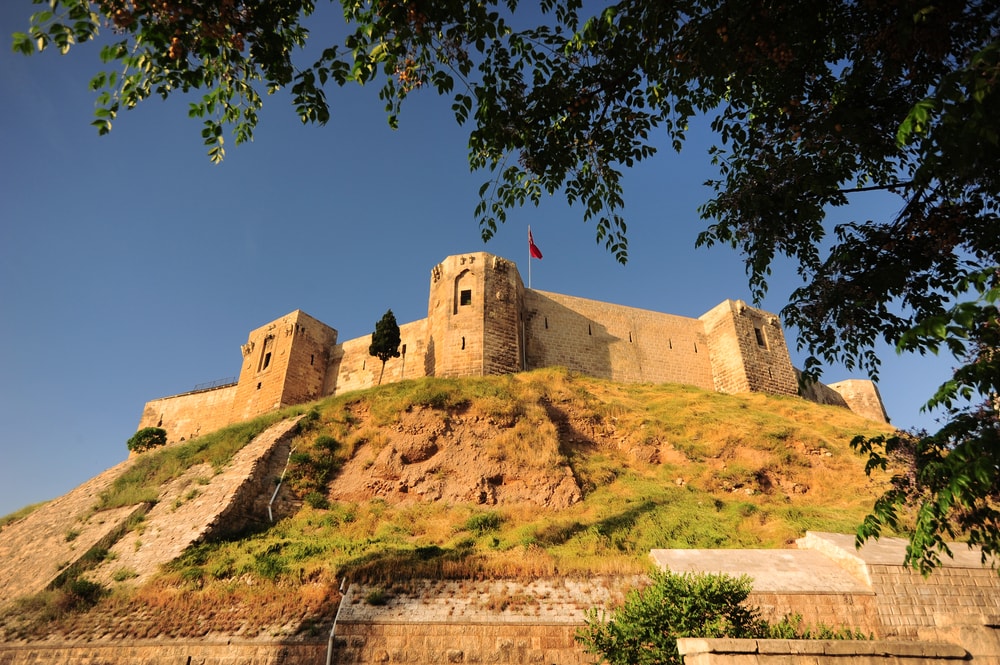
The Gaziantep Zeugma Mosaic Museum is the biggest mosaic museum in the world, home to 1,700 square metres of mosaics, many of which were unearthed at the Roman site of Belkıs-Zeugma before the Birecik Dam flooded much of the site forever.
8. Plovdiv, Bulgaria
4,000 BC
Plovdiv, the second-largest city in Bulgaria, has long competed with the capital, Sofia. Originally a Thracian settlement, it later became a major Roman city before falling to the Byzantines and Ottomans.
Today, it is an ethnically and religiously diverse city with a range of churches, mosques and synagogues as well as an Armenian church and Gothic cathedral. Its tolerant attitude and vibrant culture won it the title of European Capital of Culture 2019.
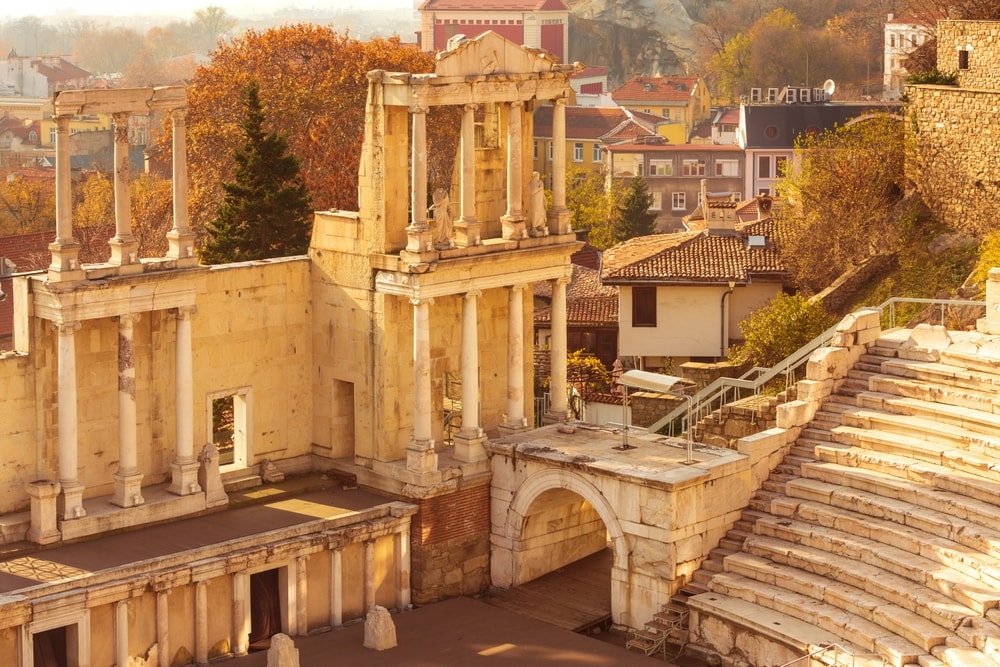
The Plovdiv Roman Theatre, constructed under the rule of Emperor Trajan, was only uncovered in modern times after a freak landslide in 1972. Now restored, it is used as a venue for special events and concerts.
7. Sidon, Lebanon
4,000 BC
In Christianity, Jesus performed his first miracle of turning water into wine in Sidon. If not miraculous, then Sidon is certainly magical. Located on the Mediterranean coast, 40km (25 miles) from Beirut, Sidon’s Old City is a beautifully preserved maze of narrow alleyways, arched pathways and a number of mosques dating back to the Umayyad Era.
It’s said that St Paul once visited Sidon as did Alexander the Great who went on to conquer the great city.
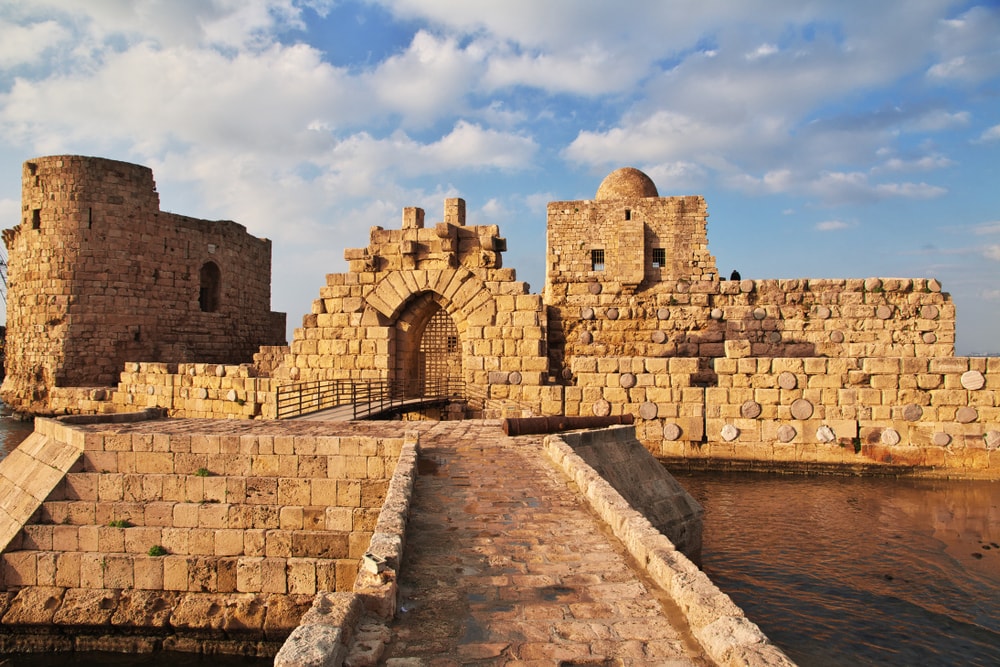
The Sidon Sea Castle, constructed by the Crusaders, sits on a small island connected to the mainland by a stone causeway. The castle was destroyed by the Mamluks to prevent the Crusaders returning to the region and later restored by Fakhreddine.
6. Faiyum, Egypt
4,000 BC
Located 100km (62mi) southwest of Cairo, Faiyum occupies part of what was Crocodilopolis, an ancient Egyptian city which worshipped a sacred crocodile named Petsuchos. (It sounds made up but we checked.) Petsuchos lived in a special temple pond and was fed by priests with donated food. When Petsuchos died, it was replaced by another crocodile.
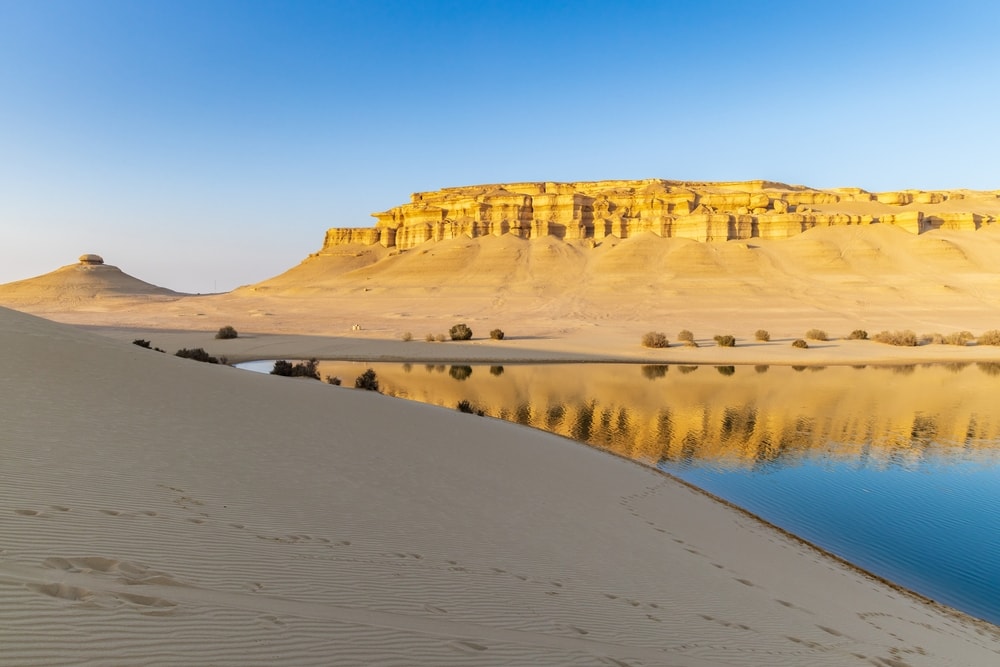
Today, Faiyum comprises large bazaars, mosques and baths with the nearby Lake Qarun a popular vacation spot for city-dwelling Egyptians.
5. Susa, Iran
4,200 BC
Susa is the setting of The Persians, a tragedy by Aeschylus and the oldest surviving play in the history of theatre.
Susa is also mentioned in the Hebrew Bible. It’s said that both Daniel and Nehemiah lived in Susa and that Esther became queen there, married King Ahasueurus, and saved the Jews from genocide. The city has since been renamed to the rather delightful Shush.
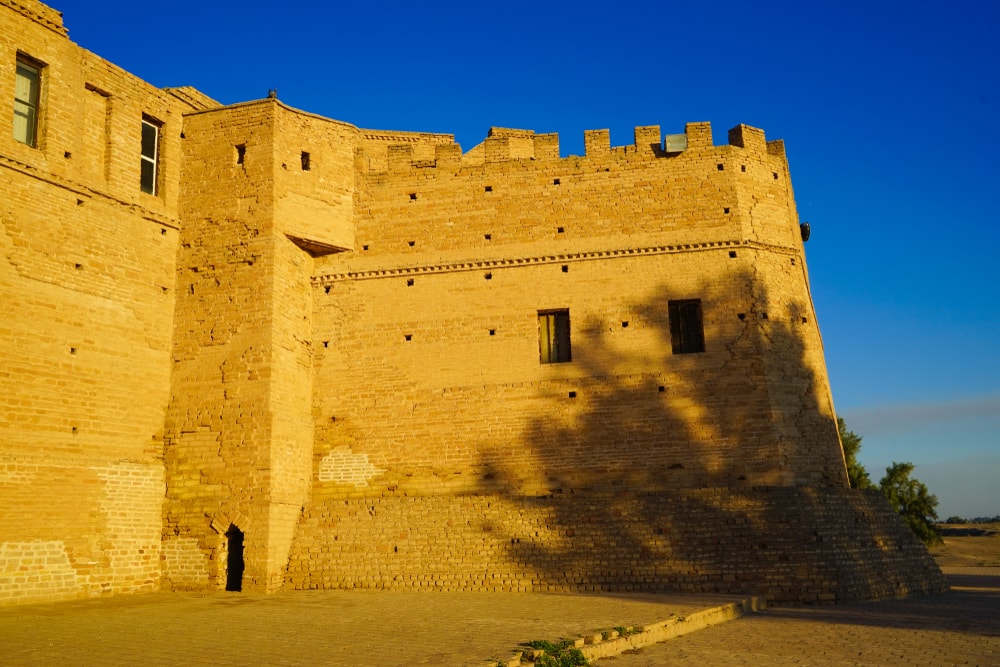
Shush Castle was constructed under the leadership of French archaeologist Jean-Marie Jacques de Morgan in the late 1890s and is now open to the public as a museum. It was heavily damaged in the Iran-Iraq war of the 1980s but has since been fully restored by the Iranian government.
4. Damascus, Syria
4,300 BC
Damascus in Syria may have been occupied as early as 10,000 BC, although this is debated. One of the world’s great ancient cities, it has been conquered by Alexander the Great and ruled by the Romans, Arabs and Ottomans.
The city became an important settlement after the arrival of the Aramaeans, a Semitic people from Mesopotamia who established a network of canals still used by the city’s modern water networks.
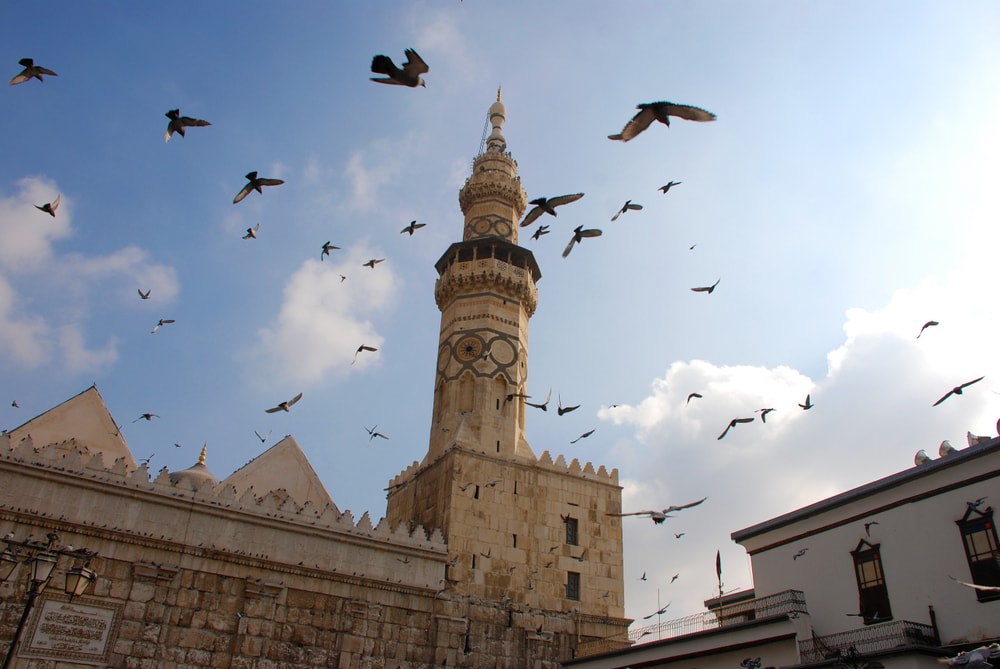
Umayyad Mosque in Damascus contains the mausoleum of Saladin and is believed by Muslims to be the place where Jesus (Isa) will return at the End of Days.
Sadly, the mosque was severely damaged amid conflict in 2013. A team of architects, engineers, stonemasons and woodworkers has since taken on the task of rebuilding it.
3. Aleppo, Syria
4,300 BC
Situated at the crossroads of several early trade routes, Aleppo was ruled successively by the Hittites, Assyrians, Arabs, Mongols, Mamelukes and Ottomans.
Still embroiled in conflict, the city has suffered a tumultuous history. Its earthquake of 1138 is commonly listed as the third deadliest earthquake in history after Shensi and Tangshan earthquakes in China, a result of its location along the northern part of the Dead Sea Transform fault system on the boundary of the Arabian and African plates.
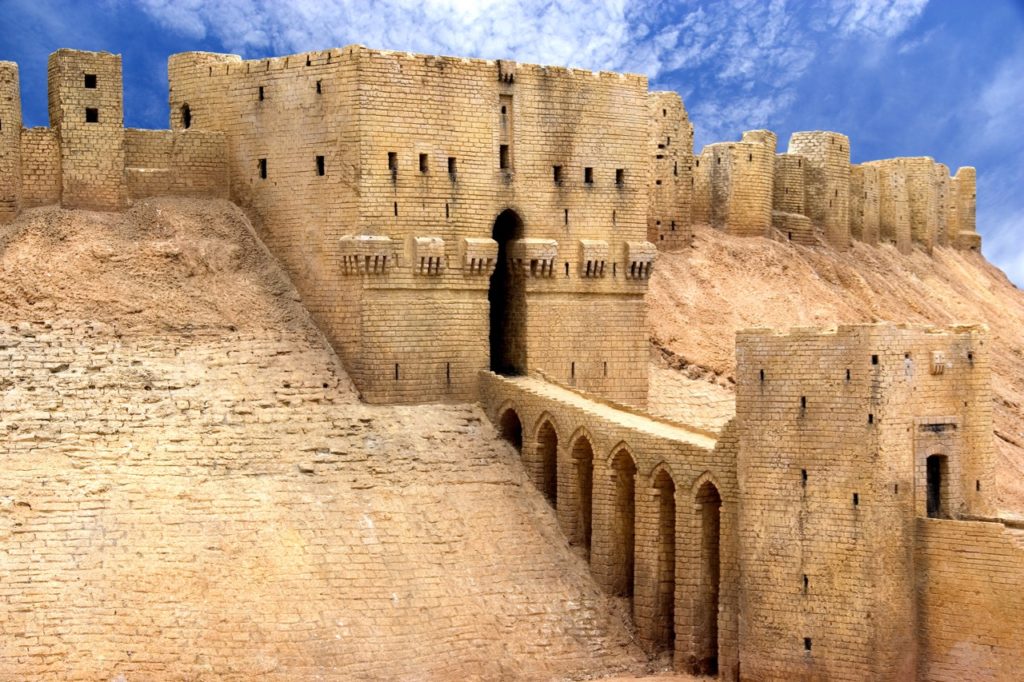
Aleppo Citadel, built in the 13th Century, overlooks Aleppo’s Old City and is ‘protected’ as a UNESCO World Heritage Site. Tragically, the citadel was damaged by bomb blasts in 2015 and further affected by the Turkey–Syria earthquake in 2023.
2. Byblos, Lebanon
5,000 BC
Byblos, as named by the Greeks who imported papyrus from the city, is home to the Phoenician alphabet, the world’s first widely-used alphabet.
Located on a cliff of sandstone 40km (25mi) north of Beirut, the city has been continuously inhabited since Neolithic times. Today, it is growing in popularity as a cultural tourist destination and offers a mixture of ancient ruins, sandy beaches and picturesque mountains.
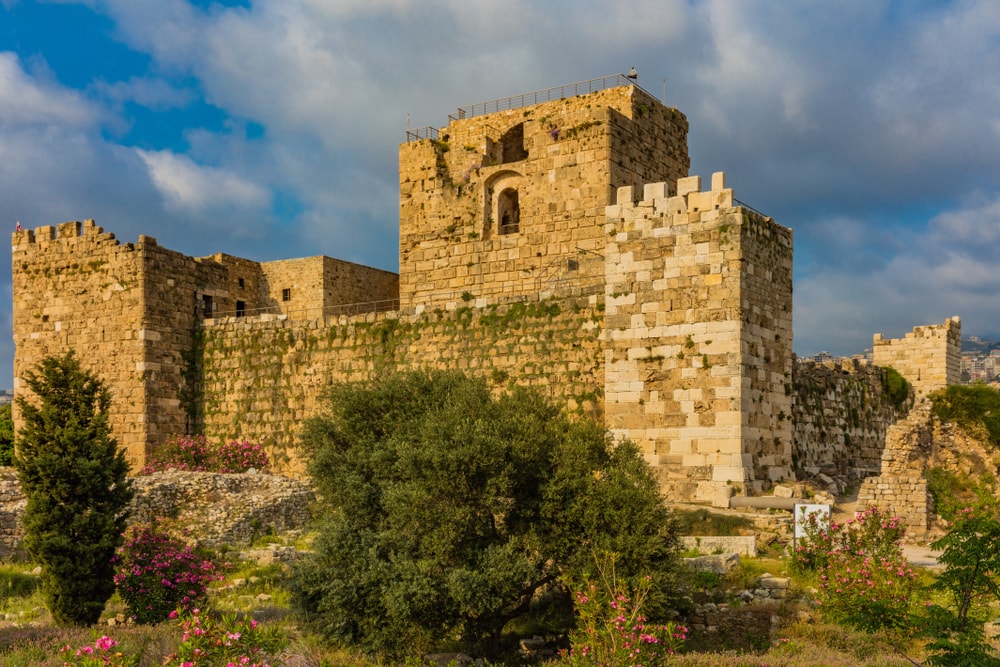
Byblos Castle, built by the Crusaders in the 12th Century, was dismantled by Saladin in 1190 and rebuilt in 1197 after the Crusaders recaptured Byblos. Today, it stands near a number of Egyptian temples, a Roman amphitheatre and Phoenician Royal Necropolis – a testament to the city’s rich and varied history.
1. Jericho, Palestinian Territories
9,000 BC
Seen glittering in the distance from the banks of the River Jordan, Jericho is likely the oldest city in the world. Archaeologists have uncovered the remains of 20 successive settlements dating back 11,000 years, although it should be said that the city was abandoned for great periods in between.
The city was occupied by Jordan from 1949 to 1967 and has been held under Israeli occupation since 1967. In 1994, it became the first Arab town in the West Bank to be given administrative autonomy under an agreement between Israel and the Palestine Liberation Organisation.
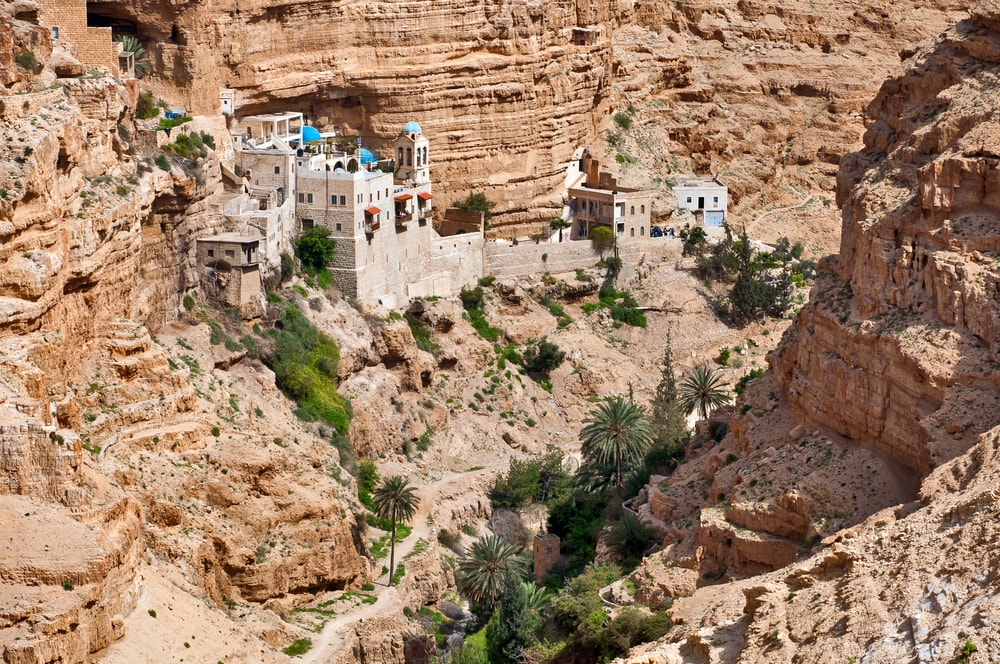
Built in the late 5th century AD by John of Thebes, St. George Orthodox Monastery clings to the cliffs of Wadi Qelt. Like other sights across the oldest cities in the world, the monastery has been destroyed and restored across the centuries and is open today to pilgrims and visitors.
